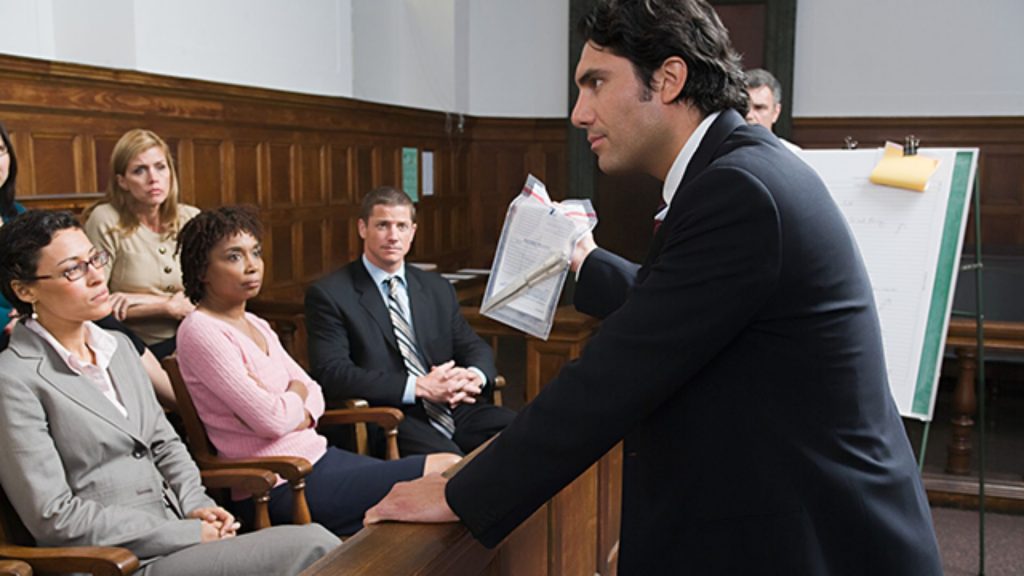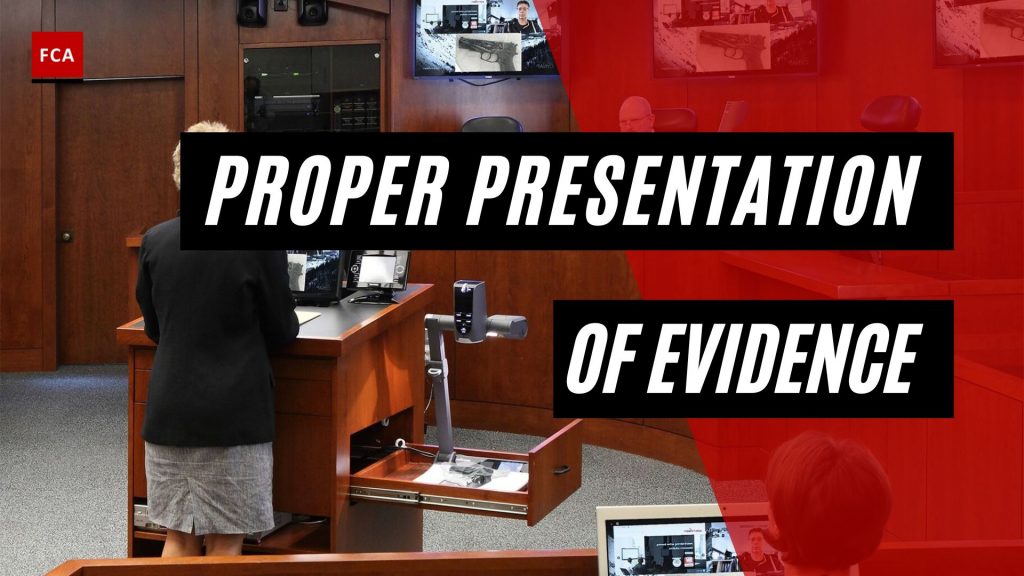Proper presentation of evidence. One of the most challenging and important tasks undertaken by an investigator to write a report is the analysis of the evidence that has been gathered during the investigation.

Proper Presentation Of Evidence
Physical evidence is evidence gathered at the crime scene or evidence discovered during a subsequent investigation of the crime, scene, and surrounding area. A weapon used in the alleged commission of the crime, human hair, blood samples, clothing fibers, fingerprints, DNA and other forensic findings, drugs and drug paraphernalia, shell casings, audio and videotapes, and notes found near a victim’s body are all examples of physical evidence. For all of the items mentioned as examples to be accepted as evidence and not excluded by the judge, proof of a proper chain of custody is required.
Here’s how to effectively and transparently analyze the evidence:
What Evidence Should Be Included?
There is a simple answer to this question: all relevant evidence collected over the course of the investigation will need to form part of the analysis, the findings, and the final report. Leaving evidence out without explanation can, intentionally or otherwise, indicate a lack of thoroughness or a prejudgement about a fact in issue. A piece of evidence might ultimately prove to be of little consequence, but this should be at least acknowledged and noted. So, if in doubt, don’t leave it out.
Exculpatory And Inculpatory Evidence
One way to begin marshaling material is to consider if the evidence is exculpatory or inculpatory. If we think of the allegation in question, for example, sexual harassment in the workplace, we can begin to analyze the evidence in terms of those items that most likely indicate that the conduct occurred and those that point to the opposite conclusion.
Evidence that indicates that something occurred is known as inculpatory evidence. Conversely, if evidence vindicates or clears the alleged harasser of the wrongdoing, then this is known as exculpatory evidence.

Analysis Of The Evidence
For each piece of evidence examined, investigators should determine how strong or weak it is in the overall context of the investigation. Strong evidence will be consistent, reliable, and in terms of witness statements, believable, probable, and credible.
An investigation often reflects strong emotions and internal allegiances within the organization; therefore, it is important to make an objective assessment of the reliability of statements made and items presented. Investigators will be looking for self-serving statements made a long time after the event in question, for example.
Internal abnormalities in statements, as well as probable witness collusion, will be taken into account. An element of data triangulation will be required. The investigator will be searching for suspicious connections that suggest a weakness in the evidence or, conversely, consistent evidence that may be found across several sources, including documentary evidence.
It is important to compare and contrast evidence from various sources. Which parts of the evidence consistently support the opinion that the events in question took place, and which aspects of the evidence consistently support the view that they did not? After that, the weight or value of each piece of evidence can be assessed.
Writing up the Analysis
Those new to investigations can sometimes become daunted by the task of reporting on findings made. It is important to be clear about the methodology, how the evidence was handled, and how the findings were arrived at.
Take a methodical approach, which will assist in thinking and allow any reader a logical progression through the document. Some organizations will require the report to be set out in a particular manner, and it is important to ascertain if this is the case.
Above all, make findings clear. If the finding is that an event occurred, then state this clearly. It will be necessary to explain why certain claims were considered to be substantiated or where there is insufficient evidence to conclude a contended point. This document could well be used in several forums, including court and tribunal proceedings. It should reflect the fact that the investigation was fair, that all relevant evidence was considered and included, and that findings are based upon well-balanced evidentiary analysis.
Final Thoughts
The chain of custody refers to the movement and location of physical evidence from the time it is obtained from the alleged crime scene or other areas associated with the alleged crime, as well as items recovered during a subsequent investigation, until it is presented at trial. Documentation must confirm that the evidence was not tampered with, substituted, or contaminated. Law enforcement may also be required to demonstrate to a judge that they secured and protected a crime scene, that the evidence recovered is authentic and genuine, identify an item by serial number if one exists and that it has a connection to the case, and identify an object based on observations and personal knowledge.








